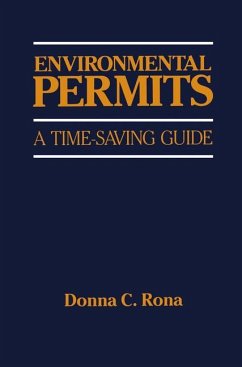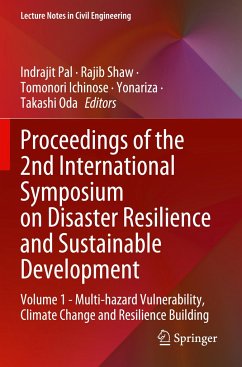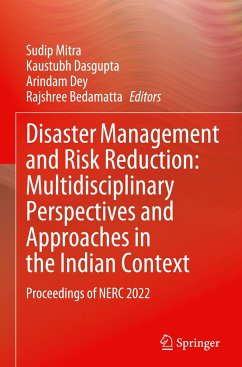Dr. Brydon Timothy Wang is a scholar working at the intersection of law, architecture, and emerging technologies, with a focus on building climate-resilient cities through trustworthy AI and construction technology. Dually qualified in law and architecture, his research examines the regulation of digital twins, smart construction contracts, and automated decision-making systems to support adaptive infrastructure and floating urbanism. Brydon was lead editor of Automating Cities: Design, Construction, Operation and Future Impact (Springer, 2021) and co-editor of Large Floating Structures: Technological Advances (Springer, 2015). He has held academic appointments in both law and architecture schools. Brydon now advises on major energy and infrastructure projects with KPMG, following a career in construction and technology law with global firm Allens Linklaters and more than 15 years of industry experience delivering award-winning public infrastructure. Prof. C.M. Wang is Professor in Structural Engineering, The University of Queensland. He is a Fellow of Australian Academy of Technology and Engineering, a Member of the European Academy of Sciences and Arts, a Fellow of Academy of Engineering Singapore, a Fellow of Institution of Structural Engineers, and a Fellow of Society of Floating Solutions (Singapore). His research interests are in the areas of structural stability, vibration, optimization, plated structures and very large floating structures. He has published over 500 journal papers and co-authored 10 books such as Structures, Structural Vibration, Shear Deformable Beams and Plates and Exact Solutions for Buckling of Structural Members. He is an Editor¿in¿Chief of the International Journal of Structural Stability and Dynamics and an Editorial Board Member in several journals including Engineering Structures, International Journal of Applied Mechanics, Journal of Marine Science and Engineering and Shock and Vibration. Currently, he leads the Offshore Engineering Programme of the Blue Economy Cooperative Research Centre that conducts research projects that combine seafood, renewable energy and offshore engineering for the first time, underpinned by a $70 million cash investment from the Australian Government and $259 million from industry partners over a 10-year period. Dr Kim Weinert is a Lecturer in the TC Beirne School of Law, The University of Queensland. Following a career in legal practice and federal politics Kim became a legal academic and an Adjunct Fellow of Griffith University’s Law Futures Centre. Her research interests are in the areas of governance and property law. Kim’s governance research has been cited by the Supreme Court of Queensland and the Western Australian Parliament. She was the Co-editor of Law, Lawyers and Justice - Through Australian Lenses (Routledge, 2020) and Charity Law and Governance: A Private Purpose, Public Benefit and the Regulation Strategy (Hart, 2024). Kim has been invited to present at esteemed property law conferences and to write for respected property law journals. Dr. Rutger de Graaf-van Dinther is a Seasoned Entrepreneur, Researcher and Visionary Leader, with over 15 years of expertise in climate-resilient floating urban development. His mission is to deploy floating city technology to alleviate the impact of climate change and sea-level rise for hundreds of millions of people within this century, all while fostering positive ecological and social outcomes. His consultancy roles include advising the Dutch Delta Programme, Topsector Water, City of Rotterdam, and international clients from Japan, China, South Korea, Singapore, the USA, and various European countries. From 2011 to 2021, Rutger held the position of Applied Research Professor of Water Innovation at the Rotterdam University of Applied Sciences. Additionally, he served as the Editor of the Journal of Water and Climate Change for the International Water Association from 2010 to 2015. Notable among his works is the collaboration with Henk Ovink, the Special Envoy for Water of the Netherlands, on the "5 Capacities of Climate Resilient Urban Areas." This framework formed the basis of the book Climate Resilient Urban Areas (Palgrave MacMillan, 2021).














